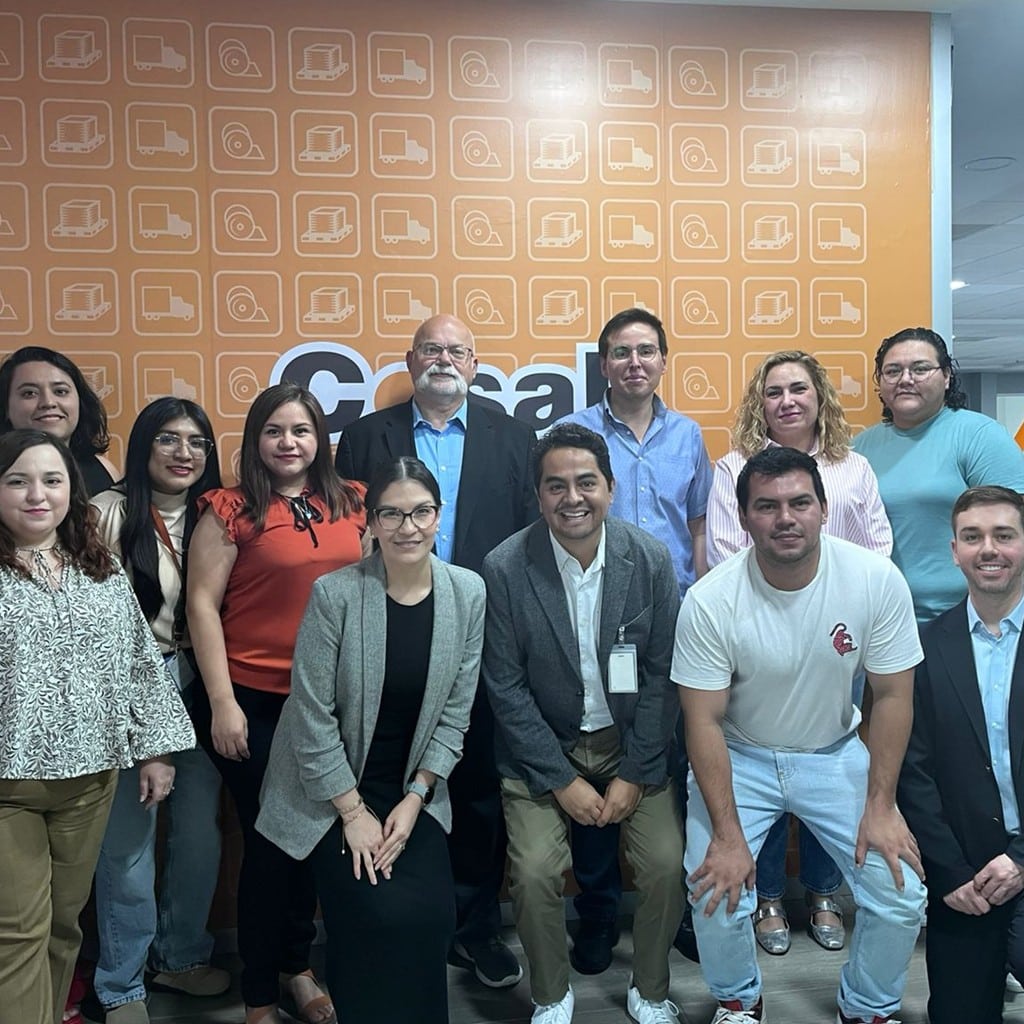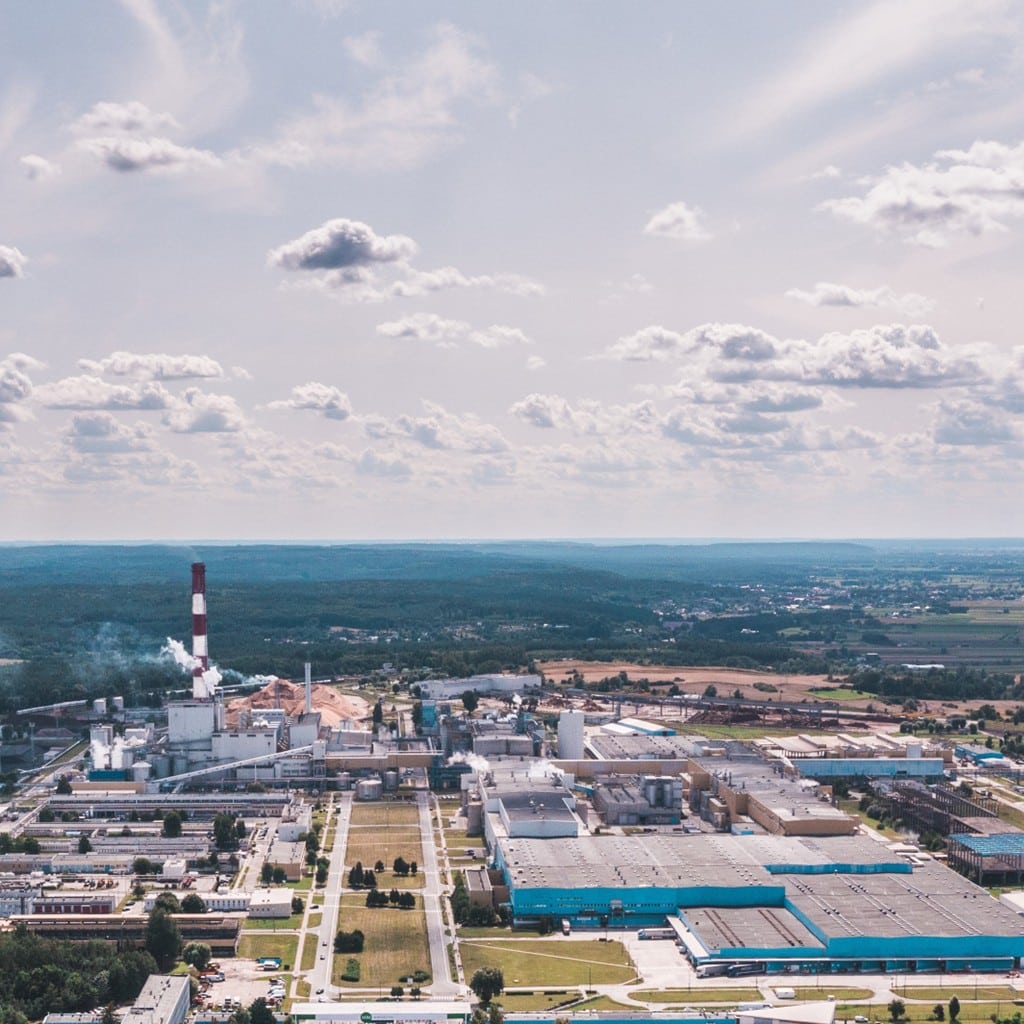“There can be no circular economy without recycled cartonboard”
Katja Tuomola, Head of Group Sustainability & Marketing Communications,
and Jürgen Kleinrath, CSO Board & Paper, explain the importance of recycled cartonboard and what regulatory challenges will shape the packaging industry in the coming years.
Recycled cartonboard is often marketed as “sustainable”, while virgin fibre cartonboard scores points for its stability and lower weight. How do you explain the differences to B2B customers without causing misunderstandings or greenwashing?
Jürgen Kleinrath (JK): Our customers come to us with a specific application in mind. This gives us the opportunity to have a factual conversation that helps us determine the best choice for the application and the customer’s brand goals. We explain that recycled cartonboard helps preserve natural resources and reduce energy, water and wood usage. Virgin cartonboard delivers highest purity, stiffness and a high-quality finish for sensitive sectors such as pharmaceuticals and premium cosmetics. We focus on performance, compliance and lifecycle outcomes, and we provide solid data to support our claims.
The new EU Packaging and Packaging Waste Regulation (PPWR) will bring about significant changes to the entire packaging industry. What are the greatest challenges and opportunities for brand owners?
Katja Tuomola (KT): At the top of the list, we see helping customers to meet compliance deadlines, redesign for higher recyclability, and achieve lighter-weight targets across Stock Keeping Units (SKUs). This opens a number of opportunities for customers: savings from material optimisation, clearer supply-chain claims, and differentiation through verified circularity.
JK: MM positions itself as a material-neutral partner. Both virgin and recycled cartonboard are recyclable and suitable for circular packaging solutions. We work with our customers to select the product that best meets their specific functional, regulatory and environmental requirements for each application.
The PPWR stipulates that packaging must use lighter materials overall. Is recycled cartonboard (White Lined Chipboard – WLC) at risk of becoming less attractive due to its higher weight?
KT: This development may put fibre recycling at risk. National laws creating requirements for circularity are now being formed. This means that for true circularity, all materials should be treated equally. While plastic packaging is currently rewarded for recycled content, cartonboard is not. Virgin fibre cartonboard benefits from its lighter weight, which favours the use of virgin raw material over recycled material. We strongly believe this inconsistency needs to be addressed, as consumers also prefer recycled materials over virgin. We do not want to see the excellent European recycling rates for cartonboard weaken because of this inconsistency, so local fees should be adjusted so they are based on recyclability, recycled content, and environmental impact. There can be no circular economy without recycled cartonboard.
JK: At the same time, we welcome this challenge. Weight targets encourage the optimization of all materials, and we can fine-tune the grammage of WLC to make it an even more attractive option. Modern WLC grades are designed for high converting efficiency and recyclability. Innovative surface treatments and coatings have improved printability and processing properties. These grades also work well in technically demanding applications and can also be paired with design and process enhancements to meet the requirements of the PPWR while maintaining recycled content. We evaluate proposals on a case-by-case basis using life cycle assessments (LCAs).
KT: The fibres used in WLC can be recycled up to 25 times. And, thanks to strong recycling systems in Europe, cartonboard is in fact recycled many times. At 86% the recycling rate of cartonboard and paper (2023) is the highest in Europe. The PPWR recyclability targets for WLC – 70% in 2030, 80% 2038 – have already been achieved, proving Europe’s commitment to more sustainable packaging. When waste paper has been collected and sorted, it goes to one of our recycled cartonboard mills. For example, our mill in Frohnleiten, Austria, has a capacity of 570,000 tons per year. It can recycle all the paper waste from two major cities – Vienna and Graz – making it a key part of regional waste management. This is a prime and visible example of the power of the circular economy.
In which specific applications does recycled cartonboard (WLC) have a clear advantage over virgin cartonboard (FBB), and why?
KT: At MM, we offer our customers information in the form of verified production data, carbon footprints, product datasheets and case studies, as well as feasibility studies on reducing grammage, and analysis of the impacts of transport and recycling. We also carry out LCA comparisons and practical converting trials to quantify trade-offs and validate compliant designs. Our Technical Product Service team support converters to achieve the best board performance in their existing production setup.
How will the PPWR change the dialogue between packaging manufacturers and brand owners?
JK: The PPWR has landed right in MM’s wheelhouse. It enables our experts to shift their focus from price and specifications to collaborative problem-solving, including LCA targets, iterative testing and earlier cross-functional collaboration involving the supply chain, regulatory affairs and R&D. MM’s material-agnostic advisory role and audited data facilitate transparent, evidence-based, collaborative decision-making processes connecting MM, converters and brand owners.
Are there any product segments that are particularly affected by PPWR requirements?
KT: Fast-moving consumer goods, such as frozen and dry food, single-use formats, and complex multi-material packs, are greatly affected by lightweighting and recyclability rules. The pharma and high-safety segments must balance stricter hygiene and serialisation rules with lighter designs. They are also affected, albeit to a lesser degree.
Which cartonboard solutions does MM currently offer customers to help them balance weight, environmental performance and recyclability?
JK: At MM, we understand both virgin and recycled fibres. We offer recycled board brands (MCM®, MCB®, TOPCOLOR®) as well as virgin fibre board (ALASKA® and ADRIATICA® family) to balance our customers’ needs. Hybrid board solutions such as ALASKA® ECO, in which responsibly sourced wood pulp is combined with high-quality recovered fibres, link the best of both worlds. MCM® ECO, on the other hand, consists of 100% recycled fibres and is therefore not subject to the EU Regulation on Deforestation-free Products (EUDR). Our barrier grades like FOODBOARD®, which protects packed food against defined unintended substances, or TOPCOLOR® BARRIER GREASE and ALASKA® BARRIER GREASE, which offer excellent grease protection, rely on water-based dispersion barriers without any fluorinated polymers. They are recyclable and repulpable in paper recovery streams.
Looking ahead, what trends do you see towards 2030 in B2B cartonboard packaging and how is MM Board & Paper responding to these trends?
JK: Product managers and brand owners are challenged to find solutions that combine lightweighting, higher recycled content, and a mono-material design, all backed by transparent LCA reporting. At MM, we are continuously expanding our product ranges, improving our barrier and surface technologies, and offering advisory services and verified carbon footprints to help our customers meet these challenges. Collaboration is ultimately the key to achieving the circular economy.


